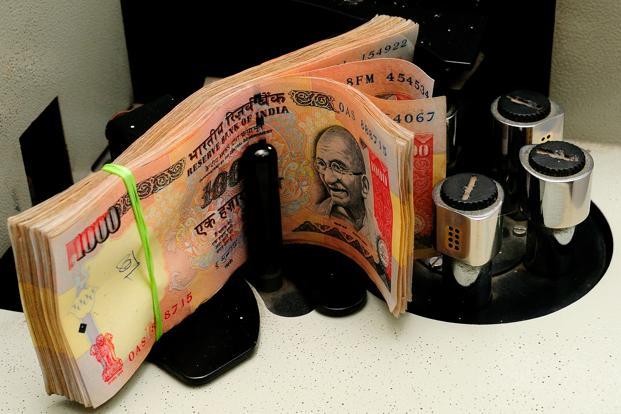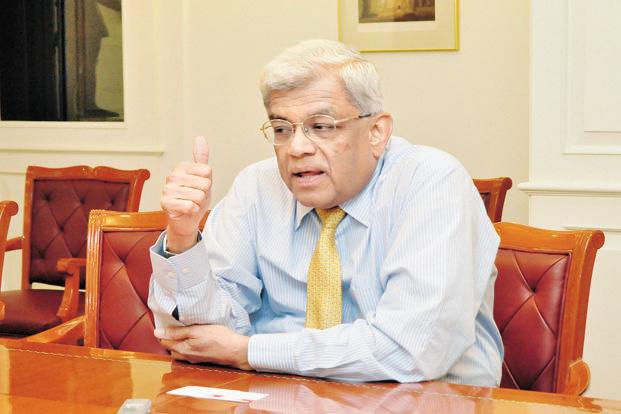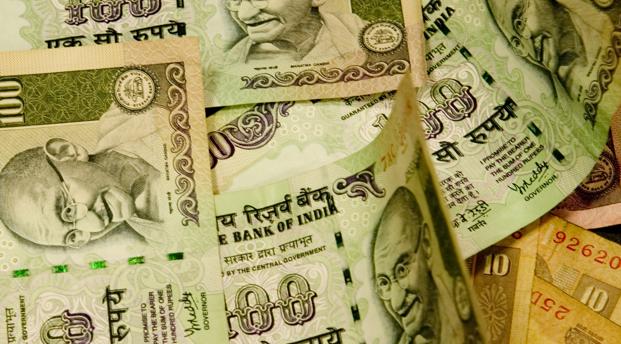A day ahead of the annual monetary policy of Reserve Bank of India (RBI), the yield on the 10-year benchmark government bond dropped to 7.68%, its lowest since July 2010. As was widely expected, the RBI on Friday cut its policy rate by a quarter percentage point but its hawkish stance pushed the bond yield up to 7.75%. It’s still lower than the average 10-year bond yield seen in fiscal 2009, despite a record Rs. 4.84 trillion government borrowing being planned in the current fiscal year to bridge an estimated 4.8% fiscal deficit.
Demand-supply economics does not work in the government bond market in India. The sole reason behind this is RBI’s deft management of the liquidity in the system. This is one way of looking at things, but the less charitable interpretation will be that the Indian central bank always makes sure that the sovereign does not need to pay much to borrow from the market.
An analysis of the bond yields and liquidity in the financial system over the past 12 years, since fiscal 2001, makes interesting revelations. The highest yield on 10-year bond was seen in 2001, 10.17%, and the lowest in 2004, 5.16%. Both refer to the average yield for the year.
Till 2005, the government’s annual market borrowings—net of redemptions of old bonds—were below Rs.1 trillion. Between 2001 and 2005, the amount varied between Rs.97,588 crore (2003) and Rs.54,201 crore (2005). In 2003, the average 10-year bond yield was 6.15%, and in 2005, it was 6.69%.
In 2003, when government borrowed a relatively higher amount to bridge a 5.91% fiscal deficit, its borrowings soaked up close to 55% of the total deposits that banks had mobilized that year. In 2005, the borrowing was much less as fiscal deficit dropped to 3.88% and, in percentage terms, government borrowing accounted for little less than 28% of banks’ deposit mobilization. There is one caveat though—banks are not the sole buyers of government bonds; there are other buyers as well, including insurance companies, but banks are the dominant buyers and to the extent they buy government bonds, private sector is denied of money.
In 2006, the size of the government’s annual borrowing programme crossed Rs.1 trillion (fiscal deficit 3.97%) and remained range-bound at around Rs.1.1 trillion for next three years, soaking up less than one-fourth of bank deposits and the 10-year bond yield veered between 7.55% and 7.96%.
Since then, the borrowing programme has gone up many times but the bond yield has not gone up proportionately. In other words, the government is borrowing more and more, leaving very little money for the private borrowers, and yet it is not paying the real price for its borrowings as the central bank is artificially keeping the yield low to bring down the cost of government’s borrowing programme. Indeed, it is paying the market price but the market is manipulated by the RBI through liquidity management. The central bank has been following an accommodative monetary policy for the government.
In 2009, the fiscal deficit rose to 6.1% and the government borrowed Rs.2.1 trillion and yet the average 10-year bond yield dropped to 7.1%. But that was an exceptional fiscal year when the world reeled under an unprecedented credit crisis following the collapse of the US investment bank Lehman Brothers Holdings Inc.
Since then, the government borrowing has been rising by leaps and bounds—from Rs.3.65 trillion in 2010 to an estimated Rs.4.67 trillion in 2013, accounting for over half of the banking sector’s deposit mobilization (in 2012, it was 62%) and yet, barring one year, the 10-year bond yield never crossed 8%. In 2012, it rose to 8.54%. In current fiscal, the government plans to borrow Rs.4.84 trillion to bridge an estimated 5.3% fiscal deficit. So, far it has borrowed Rs.60,000 crore. If indeed the deposit portfolio of the banking sector grows at around 14%, as estimated by the RBI, the government will soak up at least 50% of deposits, leaving the remaining to private borrowers.
How has the RBI been managing this? By releasing money through cut in banks’ cash reserve ratio (CRR), or the portion of deposits commercial banks keep with central bank, and buying bonds from the market under its so-called open market operations (OMO). In fiscal 2012, it had infused Rs.1.34 trillion through OMOs and in fiscal 2013, Rs.1.55 trillion. In the current fiscal year, it kicked off the OMO with Rs.10,000 crore worth of bond-buying plan on Friday. In 2012 and 2013, RBI had also infused around Rs.76,000 crore and Rs.50,500 crore, respectively, through CRR cuts.
Yet another way of money infusion is RBI’s dollar buying, as for every dollar it buys, an equivalent amount of rupee flows into the system. For instance, Rs.3.1trillion was infused in the system in 2008 through this route and RBI had to float market stabilization bonds to sterilize the money. As the rupee has been depreciating against the dollar, in the past two years RBI has been selling dollars, which sucks out liquidity.
The only way to make the government pay the real price for its borrowing is setting up a separate debt management office. The Financial Sector Legislative Reforms Commission (FSLRC) report has strongly recommended separation of debt management from RBI and doing this through an independent public debt management agency. Various expert committees have all along been insisting on fiscal consolidation as a essential precondition to such an arrangement. While there is merit in what they have been saying, the RBI should stop managing the government’s debt if it wants to keep its credibility intact. Once the government is forced to pay the real market price for debt, it will start acting responsibly in managing the fiscal deficit.



